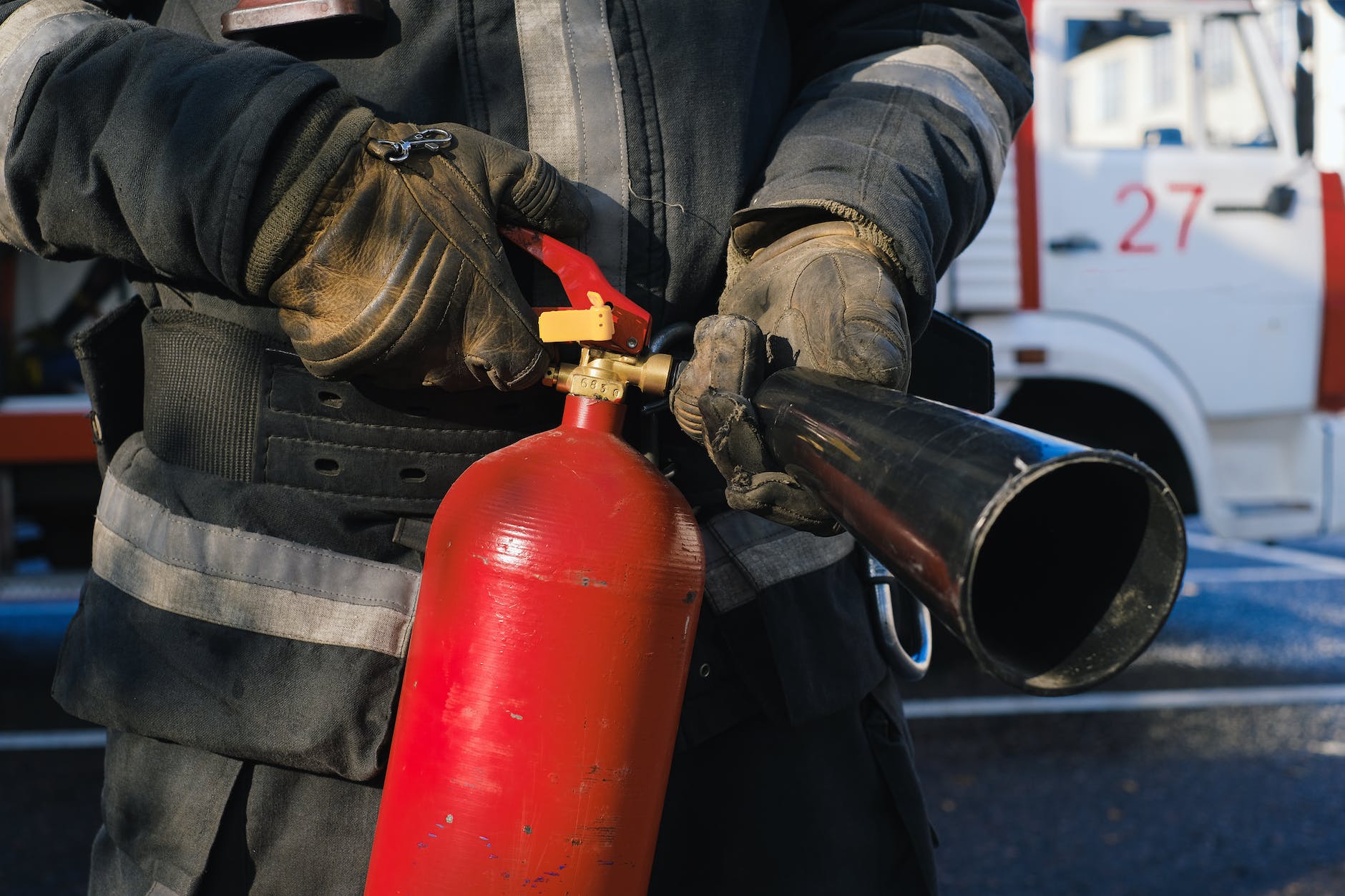
Types of Fire Extinguisher PPT | Classes of Fire as per IS, BS, and NFPA | Download PPT
Classes of Fire : Types of Fire Extinguisher PPT : In a world where fire safety is paramount, understanding the different types of fire extinguishers and their corresponding fire classes is essential. Fire outbreaks can occur in various settings, from homes to industrial facilities, and having the right fire extinguisher can make the difference between a minor incident and a catastrophic disaster. In this comprehensive guide, we will explore the nine types of fire extinguishers, the classes of fire as per IS (Indian Standards), BS (British Standards), and NFPA (National Fire Protection Association), and even provide you with the option to download a PPT (PowerPoint) presentation for your convenience.
Types of Fire Extinguishers
Water Extinguishers
Water extinguishers are suitable for Class A fires but should never be used on electrical fires or grease fires.
Foam Extinguishers
Foam extinguishers are versatile and effective against Class A and Class B fires.
Carbon Dioxide (CO2) Extinguishers
CO2 extinguishers are non-conductive and ideal for electrical fires (Class C). They leave no residue behind.
Dry Chemical Extinguishers
Dry chemical extinguishers work well on Class A, B, and C fires. They are a common choice for multi-purpose use.
Wet Chemical Extinguishers
Wet chemical extinguishers are designed for Class K fires and are commonly used in commercial kitchens.
Clean Agent Extinguishers
Clean agent extinguishers are safe for use in Class A, B, and C fires and leave no residue, making them suitable for sensitive equipment.
Dry Powder Extinguishers
Dry powder extinguishers are effective on Class D fires, which involve combustible metals.
Cartridge-Operated Extinguishers
Cartridge-operated extinguishers are versatile and come in various types to handle different fire classes.
Fire Extinguisher and its uses
- Water-Based Fire Extinguishers (Class A):
- Suitable for fires involving solid materials like wood, paper, cloth, and plastics.
- Uses water to cool and extinguish the flames.
- Foam Fire Extinguishers (Class A and B):
- Effective against Class A (solid) and Class B (flammable liquids and gases) fires.
- Forms a blanket of foam to smother the fire and cool the surface.
- Carbon Dioxide (CO2) Fire Extinguishers (Class B and C):
- Suitable for Class B fires (flammable liquids and gases) and Class C fires (electrical equipment).
- Displaces oxygen to suppress the fire and leave no residue.
- Dry Chemical Fire Extinguishers (Class A, B, and C):
- Versatile and effective against Class A, B, and C fires.
- Uses a dry chemical powder to interrupt the chemical reaction of the fire.
- Wet Chemical Fire Extinguishers (Class K):
- Designed for Class K fires, which involve cooking oils and fats.
- Emulsifies the burning fats and cools the fire.
- Clean Agent Fire Extinguishers (Class A, B, and C):
- Suitable for Class A, B, and C fires.
- Uses non-conductive, non-toxic gases to disrupt the combustion process.
- Dry Powder Fire Extinguishers (Class D):
- Specifically designed for Class D fires, which involve combustible metals.
- Uses a specialized dry powder to smother and extinguish metal fires.
- Water Mist Fire Extinguishers (Class A and C):
- Effective against Class A and C fires.
- Uses ultra-fine water droplets to cool and suppress the fire.
- Cartridge-Operated Dry Chemical Fire Extinguishers (Class A, B, and C):
- Suitable for Class A, B, and C fires.
- Typically larger and used in industrial settings.
It’s important to select the right type of fire extinguisher for the specific fire hazards in your environment and to follow local regulations and guidelines for their use.
Download Our PPT Presentation
To make your understanding of fire extinguishers and fire classes even easier, we have prepared a comprehensive PowerPoint presentation (PPT) that you can download. This presentation covers all the essential information you need for fire safety.
Conclusion
Fire safety is a shared responsibility. Knowing the types of fire extinguishers and understanding the fire classes as per IS, BS, and NFPA standards can be a lifesaver. Whether it’s a small kitchen fire or an industrial emergency, having the right fire extinguisher at your disposal is crucial. Stay safe, be prepared, and protect what matters most.
FAQs
- What are Class A fires? Class A fires involve common combustible materials such as wood, paper, and cloth.
- Can I use water extinguishers on electrical fires? No, water extinguishers should never be used on electrical fires as they can conduct electricity.
- What are the different types of fire extinguishers for home use? For home use, it’s recommended to have multi-purpose ABC dry chemical extinguishers.
- What is the NFPA, and how does it relate to fire safety? The NFPA (National Fire Protection Association) provides guidelines and standards for fire safety to protect lives and property.
- Why is it essential to download the PPT presentation? The PPT presentation offers a visually engaging way to understand fire extinguishers and fire classes, making it easier to grasp important safety information.
Remember, in the event of a fire, safety should always be your top priority. Understanding the right fire extinguisher for the job can make all the difference.

























Thanks for that education you have bee sharing to readers.
Thank you for your kind words!